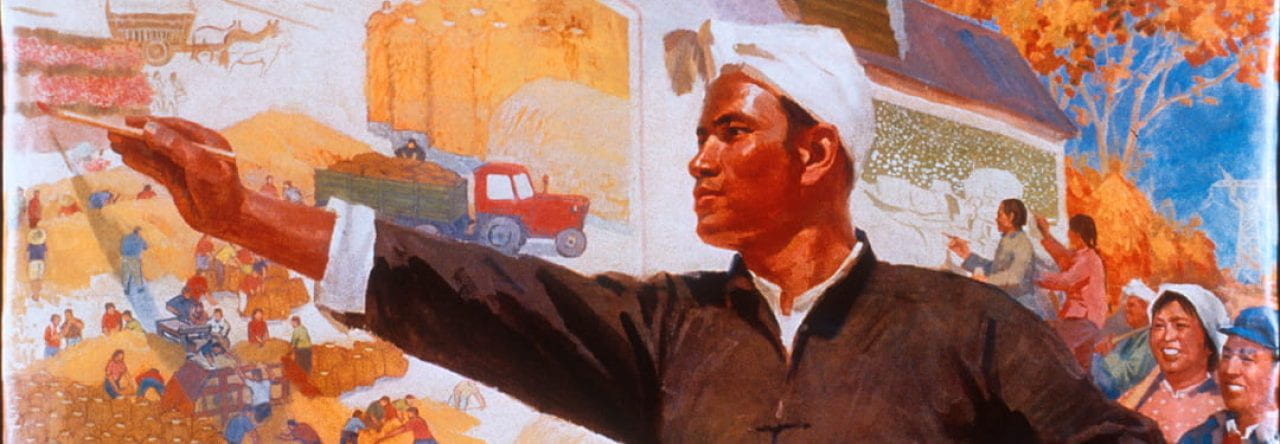Childhood has been a significant theme in Feng Zikai’s arts. Feng spent a lot of time painting children; some of the famous works related to children include A Collection of Cartoons of Children, Sketches of Children, and Cartoons on the Little Ones (Hung, 1990). There are also many literary works that convey Feng’s affection for childhood, such as “To My Children,” “What Children Reveal,” and “The Diary of Huazhan” (Laureillard, 2014). It is easy to see that Feng did not hesitate to present his affection for children in his works. According to Feng’s early writings and paintings, childhood is regarded as the precious “golden age” of human life: it is the period when a human’s world is free, uncomplicated, and full of imagination and creativity, whereas an adult’s world is full of limits and regulations. “When Father is Away” (Fig 1) by Feng could sufficiently exemplify such a perspective (Hung, 1990). In the painting, a child held a brush to show his artistic talent on his father’s desk. We could notice that the child’s act is not an imitation of an adult but a purely exploratory behavior developed by his or her curiosity and creativity. If it were an imitation of an adult’s behavior in this painting, the child would have drawn or written on a piece of paper because it is common knowledge in the adult world.
I would like to explore the childhood in Feng’s works for my exhibition. In particular, I wish to introduce and analyze how Feng developed his perspective on childhood and portrayed children in his artworks, especially in terms of his early works, works during wartime, and works regarding the Buddhist philosophy.

Figure 1: “When Father is Away”
Reference:
Hung, Chang-Tai. “War and Peace in Feng Zikai’s Wartime Cartoons.” Modern China 16, no. 1 (1990): 39–83.
Laureillard, Marie. “Regret of spring: The child according to Feng Zikai.” Oriens Extremus 53 (2014): 47-60.


